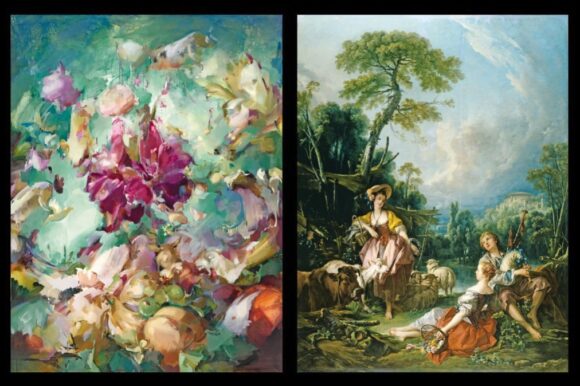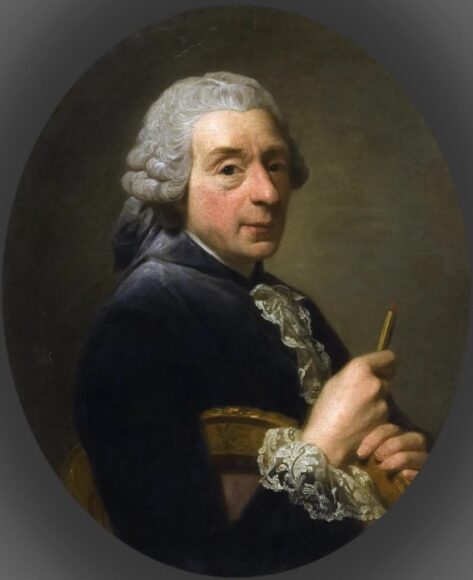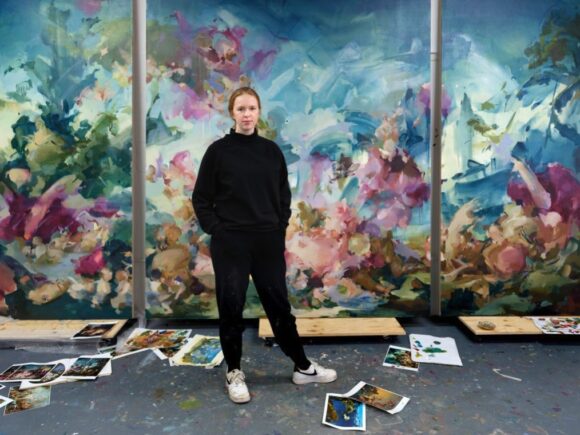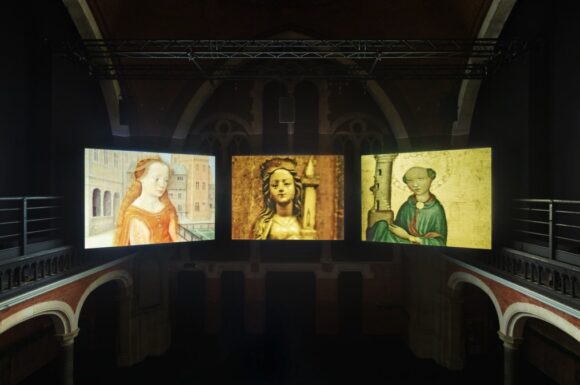
To the Wallace Collection, a venue I try to visit at least once a month because I always emerge with joy in my heart and a song on my lips.
The collection was assembled by assorted marquesses of Hertford, the most active of whom was the fourth and last. The earlier Hertfords collected sparsely and seriously, but the fourth, who lived most of his life in Paris, developed a passion for posh French knick-knacks and rococo art, which he stockpiled in immodest quantities. Marquis quatre had no official heir, so he left everything to his illegitimate son, Sir Richard Wallace. Wallace’s wife left it to the nation.
Fortunate visitors to London can now bounce between the serious stuff — Rembrandt, Velázquez, Titian — and an abundance of French frilliness: Boucher, Fragonard, Watteau. As art the French stuff is playful and decadent. As a character test it is revealing and, probably, regrettable. Especially François Boucher.

In Boucher’s art no woman can sit down without her dress riding up to her thighs or slipping down to her waist. The men have the same problem, especially the gods. Poor Apollo in The Rising of the Sun has just a fluttering wisp of pink cloth clinging miraculously to his pelvis, while in The Setting of the Sun it has flown round his back, leaving half of him exposed. Those naughty rococo winds don’t ’alf play havoc with your couture.
I dwell on the Apollonic Bouchers, which occupy huge amounts of wall space at the top of the Wallace stairs, because in a moment of museum brightness the director here, Xavier Bray, has invited Flora Yukhnovich to paint some rejoinders to them for Flora Yukhnovic and François Boucher: The Language of the Rococo. Her versions now hang opposite the Bouchers in a delightful call and response between yesterday and today.
Yukhnovich has been making waves since she left art school in 2017. Her paintings have an identity that is very clear and very unlikely. Basically she reworks the art of the rococo era, particularly the frivolous and decadent 18th-century contributions of Tiepolo, Fragonard and Boucher. These days their art is usually looked down on because of its lack of seriousness and moral purpose. In Faragian England it feels foreign to the point of devilry. By using it as her source material Yukhnovich has fashioned one of the more surprising careers in contemporary art.
It needs saying quickly, though, that she does not copy or repeat directly. She’s far too sly for that. As you see immediately in the big Wallace face-off between her and Boucher — her two pictures versus his two pictures — she borrows the colour schemes, scale and atmosphere of rococo art, but none of the storylines. At least, none that is legible.

Working with flashing brushstrokes that dart between abstraction and figuration, she teases us, instead, with visual clues that never lead to an answer. You stare and stare, but the beautiful clouds of colour never solidify. Thus in one of the paintings here, A World of Pure Imagination, there are hints of giant rococo fruit — peaches, grapes — and a sense, too, of figures flying through the sky. But who, what and where are withheld. It’s a poem of moods, a tune without words.
A thorough investigation of Yukhnovich’s source materials would, I suspect, reveal intricate collages of period imagery and maybe a naughty sense of humour. That large animal shape cruising above the clouds in A World of Pure Imagination is an airborne cow or, perhaps, a flying pig. Either way it’s a cheeky and subversive intruder at this confident rococo love-in.
Interestingly, and informatively, Yukhnovich’s responses to Boucher have been framed in showy gold frames that allow them to sit happily in these ornate surroundings; you can almost forget the 250-year age difference. Downstairs, meanwhile, the Boucher pastorals that supplied the old master frames are being shown frameless in the contemporary fashion. And that too has an impact — a surprising one.
Shorn of their gold frames, the Boucher pastorals have become easier to investigate. Both are scenes of outdoor frolics involving lovers and animals. Both have more going on in them than we suspected: warped sexuality, naughty glances, wicked innuendo. I came to this event expecting to learn about Flora Yukhnovich, but the twist here is how much you also learn about the frameless François Boucher.

I need to recommend another show to you. It’s Nan Goldin: Sisters, Saints, Sibyls and is housed in the Welsh Chapel on Charing Cross Road in London’s theatreland. Set on three screens, accompanied by atmospheric music, this troubling film-piece tells the story of Goldin’s sister, Barbara.
Psychologically vulnerable, the victim of destructive parenting, Barbara smiles at us spookily from every photo we see of her. At the age of 12 she was sent to a mental institution, and spent the rest of her short life returning. In 1965, aged 18, she took her own life.
Having told her sister’s dark story, Goldin segues into her own harrowing tale of self-harm and destruction. Thus the sins of the fathers are visited again upon the daughters in this moving, gripping, tearful art moment.
Flora Yukhnovic and François Boucher: The Language of the Rococo, at the Wallace Collection, London W1, until November 3; Nan Goldin: Sisters, Saints, Sibyls, at 83 Charing Cross Road, London WC2, until June 23